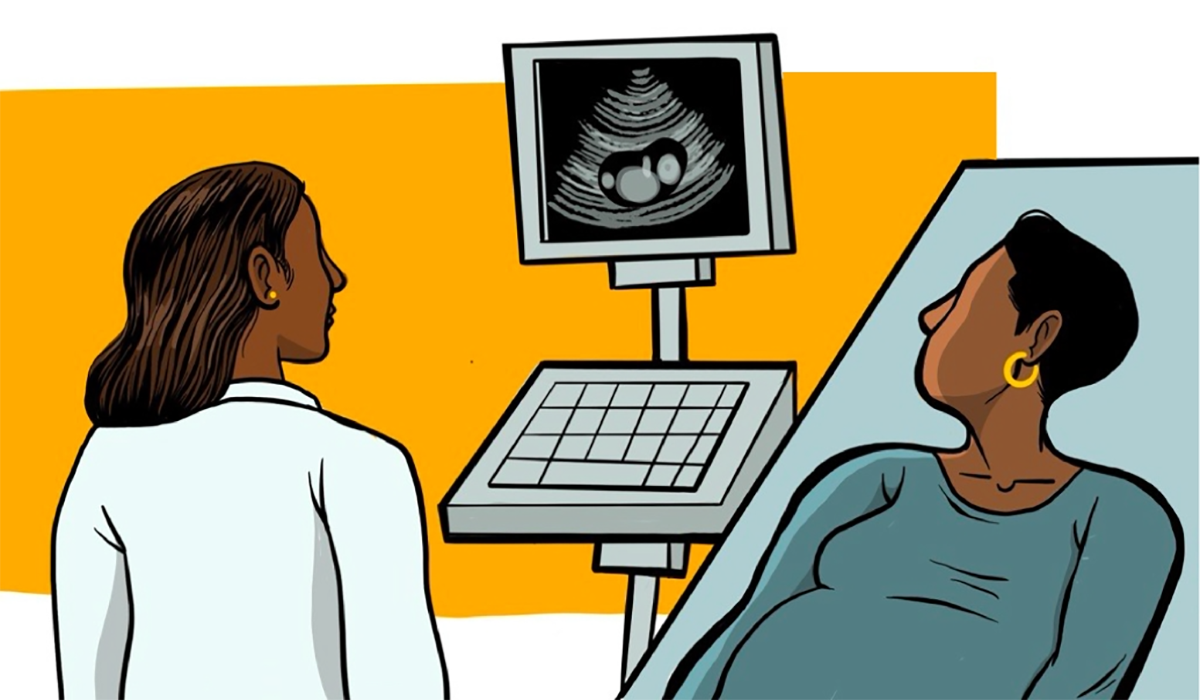During pregnancy, women often receive vaginal ultrasounds to measure the length of their cervix, helping predict their risk of delivering early. Understanding that the current method is archaic and far from perfect, a team led by Michigan Medicine is using a novel technology to modify this routine prenatal test to collect more detailed information about the cervix to help precisely predict delivery time, and particularly, the risk of preterm labor.




